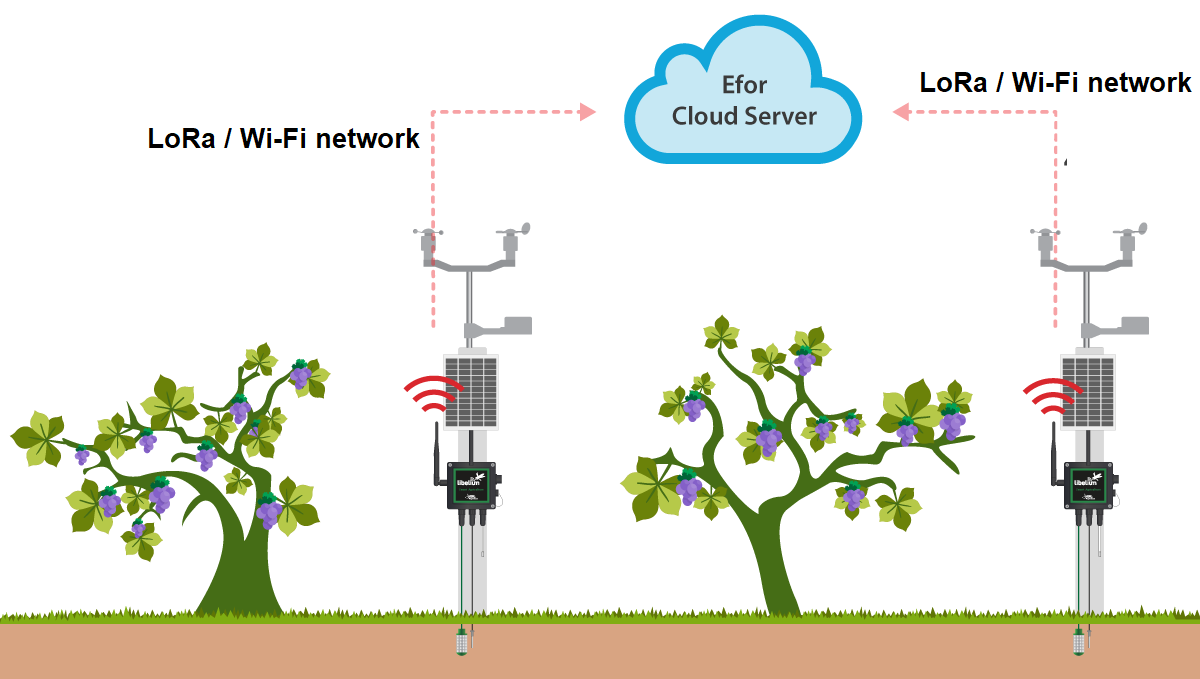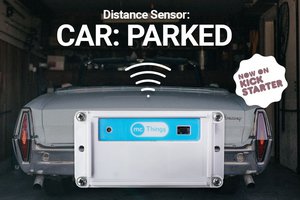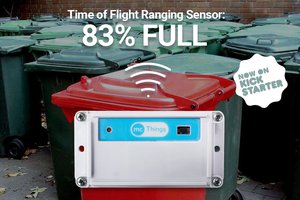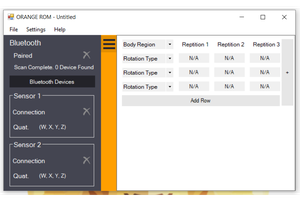Agriculture is the broadest economic sector and plays an important role in the overall economic development of a nation. Technological advancements in the arena of agriculture will ascertain to increase the competence of certain farming activities.
Smart Farming is a farming management concept using modern technology to increase the quantity and quality of agricultural products. Farmers in the 21st century have access to LoRa, soil scanning, data management, and Internet of Things technologies, web. Our device focuses on the measurement of physical parameters such as soil moisture content, nutrient content, automatic irrigation, pH of the soil and automatic sent notification phone application that plays a vital role in farming activities.

Keyword: Agricultural innovation, IoT, LoRa, Power Management, ARM, Data Management, smart meter, lT service referral program, freeRTOS, technology solutions ,SCADA solutions, Network monitoring, logistics robots, Engineering solutions referral program, embedded C++, embedded C, LTE modem, Engineering solutions
Introduction:
Smart farming based on IoT technologies will enable growers and farmers to reduce waste and enhance productivity ranging from the quantity of fertilizer utilized to the number of journeys the farm vehicles have made.
In IoT-based smart farming, a system is built for monitoring the crop field with the help of sensors (light, humidity, temperature, soil moisture, etc.) and automating the irrigation system. The farmers can monitor the field conditions from anywhere using smart app. IoT-based smart farming device is highly efficient when compared with the conventional approach.
The applications of IoT-based smart farming not only target conventional, large farming operations, but could also be new levers to uplift other growing or common trends in agricultural like organic farming, family farming (complex or small spaces, particular cattle and/or cultures, preservation of particular or high quality varieties etc.), and enhance highly transparent farming. Now, let’s discuss the major applications of IoT-based smart farming device that are revolutionizing agriculture.
Hardware:
Soil Sensor: The Soil Moisture Sensor uses capacitance to measure the water content of soil (by measuring the dielectric permittivity of the soil, which is a function of the water content). Simply insert this rugged sensor into the soil to be tested, and the volumetric water content of the soil is reported in percent.
Temperature sensor (DHT 11): Measure the Temperature and humidity
Photoresistor (LDR): Check day or night position
LoRa ARM development board : This is a low power single board computer inbuild Wi-Fi, LoRa connectivity also has Digital and analog pins.
Smart Agriculture Device Features:
1.This device no need external power (inbuild 5-volt Power bank & solar cell),
2. real-time Soil Moisture sensor measure the soil and sent data to the Server,
3.Temperature, photoresistor measure the weather condition.
4. Both way communication (device can send notification & received command from web or app)
5. Dual control (Device ca run manual mode and automatic mode).
6. Dual communication (LoRa and wi-fi mode)
System Hardware Implementation:
First configure the FreeRTOS on ELB-REV1 board after successful configure of operating system we need configure GPIO library(J-Tag) to access the its GPIO. Install 5-volt solar cell and power bank for powerup the device 24x7.
Soil Sensor connected to analog pin of A0, DTH11 connected to A3, Photoresistor connected to A6. Analog sensors measure data and sent via wireless media.
development board come with LoRa, Wi-fi also Bluetooth, for our project we used Wi-Fi and LoRa.
For Wi- fi communication need a wifi receiver module which receive and sent sensor data to the cloud server.
Another hand implemented the device for loRa communication (data send rang up to 5km),...
Read more » ssla-couk
ssla-couk
 mcThings
mcThings

 Silas Waxter
Silas Waxter